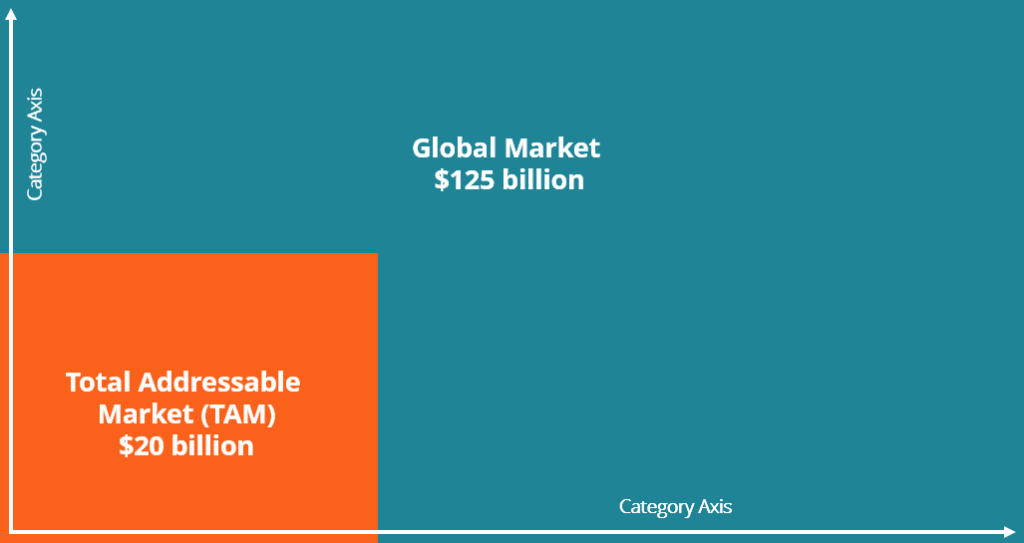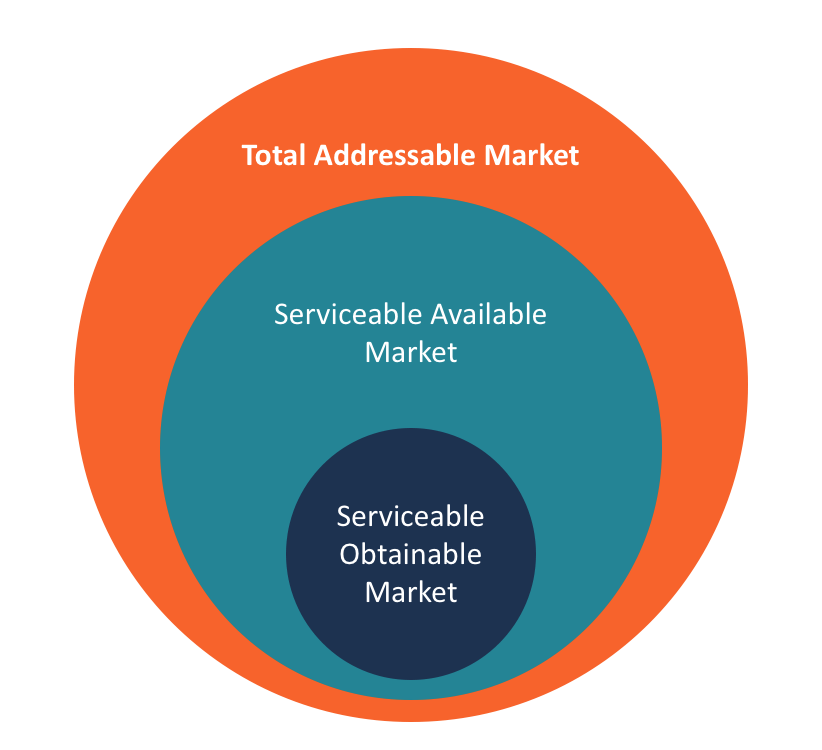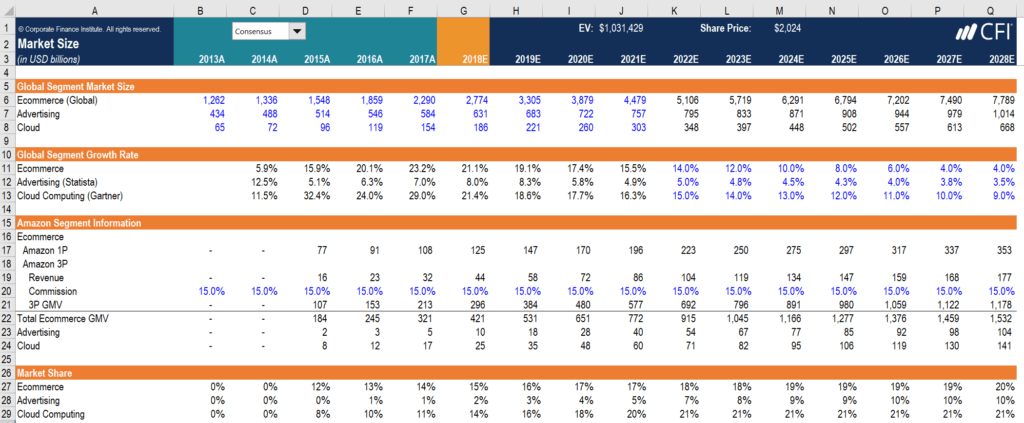0 search results for ‘’
People also search for: excel Free free courses accounting ESG Balance sheet cash flow
Explore Our Certifications
Resources
Popular Courses
Recent Searches








